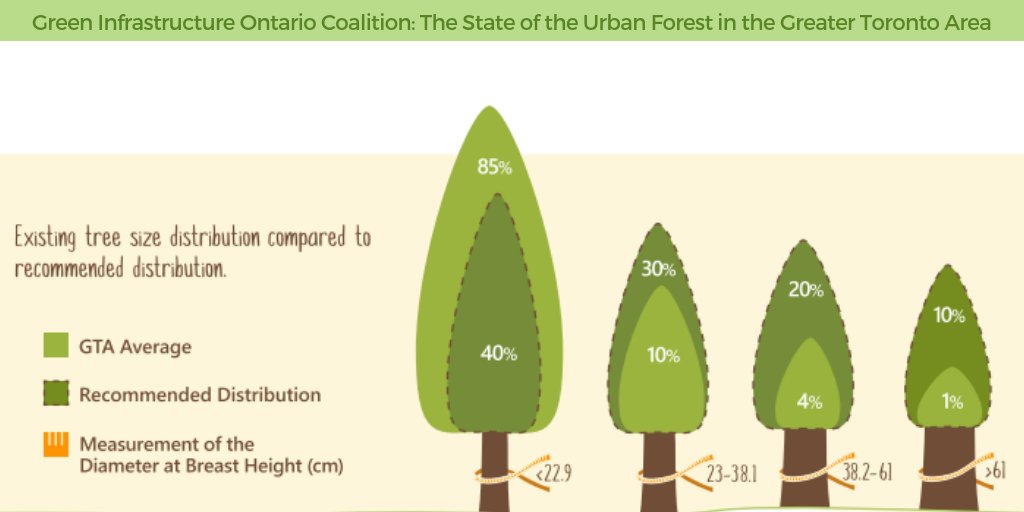The Repercussions Of Getting Rid Of Trees On The Ecological Community: What You Need To Comprehend
The Repercussions Of Getting Rid Of Trees On The Ecological Community: What You Need To Comprehend
Blog Article
Written By-Kryger Hull
When it pertains to the ecological influence of tree removal, there are essential aspects that require your focus. From the detailed web of connections within ecosystems to the subsequent impacts on climate patterns, the effects are extensive. You might be amazed to uncover the elaborate methods which the elimination of trees can reverberate throughout the setting. Keep tuned to untangle the intricate links and implications of this relatively simple act.
Deforestation and Habitat Loss
Logging and environment loss are important problems stemming from tree elimination. When trees are reduced, it disrupts entire communities. Not only are the trees themselves shed, yet the homes and food sources of countless plant and pet varieties are ruined also. Birds lose their nesting sites, mammals shed their shelter, and insects shed their environments. The impacts surge with the food cycle, impacting killers and prey alike.
Additionally, deforestation contributes to environment adjustment. Trees play a critical function in taking in co2, a greenhouse gas that catches heat in the atmosphere. With Weeping Cherry Tree Pruning , there's much less carbon dioxide absorption, leading to enhanced degrees of this gas in the ambience and aggravating global warming.
Environment loss is a direct outcome of deforestation, as the devastation of woodlands indicates the loss of unique and diverse ecological communities. Several types are incapable to adjust to fast modifications in their environment, resulting in population decreases and, sometimes, extinction.
Protecting woodlands is necessary to keeping the fragile balance of nature and ensuring the survival of countless plant and pet species.
Impact on Biodiversity
The elimination of trees has a considerable effect on biodiversity, impacting the variety and wealth of plant and animal species in an area. Trees offer environment and food resources for countless microorganisms, from pests to birds to creatures. When trees are gotten rid of, these varieties shed their homes and resources of food, resulting in a decline in their populations. This disruption can have cascading results on the whole community.
Moreover, trees play a critical function in maintaining biodiversity by developing microhabitats within their canopies, trunks, and roots that support a wide range of types. When trees are lowered, these specialized atmospheres are damaged, lowering the overall diversity of the area.
Furthermore, the elimination of trees can result in a decline in genetic diversity within plant populaces, as certain tree types may no more be able to reproduce or distribute successfully. simply click the following website page and woodlands is necessary for preserving biodiversity and ensuring the health and wellness of ecosystems for future generations.
Dirt Disintegration and Climate Change
With trees being gotten rid of from a location, the disruption of dirt structure and security occurs, resulting in boosted dirt erosion. Trees play an important function in avoiding erosion by holding soil in position with their origin systems. When trees are removed, particularly in great deals, the dirt ends up being more vulnerable to disintegration from wind and water. This disintegration not just influences the immediate surroundings but can additionally lead to sedimentation in neighboring water bodies, affecting water high quality and aquatic communities.
Furthermore, trees help control the environment by taking in carbon dioxide during photosynthesis. When trees are lowered, this natural carbon sink is reduced, contributing to enhanced levels of greenhouse gases in the atmosphere. This can intensify environment change, resulting in more severe weather condition events and disruptions in ecological communities worldwide.
For that reason, the elimination of trees not only accelerates dirt disintegration but additionally contributes in the bigger environmental problem of climate modification. It's important to take into consideration these variables when analyzing the impacts of tree removal on the environment.
Conclusion
Since you understand the environmental influence of tree removal, consider the repercussions before cutting down trees. Logging interferes with ecosystems, minimizes biodiversity, and adds to dirt disintegration and climate change. By bearing in mind the effect of tree removal, you can aid protect our atmosphere and protect the delicate balance of nature. Make educated options and take into consideration alternative solutions to minimize the unfavorable results on our earth.
